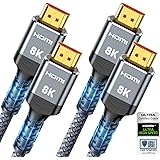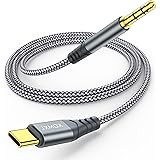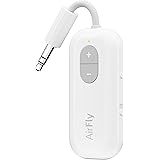
A TV and media device may be the cornerstone of any home entertainment system, but a true theater requires more than just those components. A home theater hub is the piece that ties together the entire theater, allowing you to control everything from lighting to powering your devices. This article will discuss what you need to know about the different kinds of hubs available, and how they can benefit your basement home cinema setup.
AV receivers are the heart of a home theater system, acting as an amplifier for all of your audio equipment. They take in a variety of inputs (typically HDMI, component video, digital optical, and RCA), then amplify them before sending them to your speakers. The resulting high-quality sound is then heard by you and your guests during a movie marathon or sports game.
Most AV receivers also include an input for your cable or satellite box, and some even have one or more HDMI ports for streaming content. Some higher-end models even offer a record player input via the RCA phono connectors. You can also connect a smart speaker, like an Amazon Echo or Google Home, to your home theater, which will allow you to play music through your AV system and control it using voice commands.
There are a number of different ways to control your devices, but many systems will use infrared or infrared-emitting remotes to communicate with each other and with the TV. These signals require direct line of sight between the IR receiver on your remote and the IR emitters or emitters on the devices themselves, so you’ll need to strategically position all of them around the room.
In the past, many home theater systems used RS-232, which required an RS-232 cable between your AV receiver and all of your other devices. This was more secure and reliable than infrared, but newer systems no longer utilize this technology. The emergence of home theater hubs has allowed consumers to turn their existing stereo, gaming and other audio-centric devices into connected hubs that can be controlled by their smartphone or tablet with an app.
One of the most popular options is the Harmony Hub, which can connect with more than 270,000 entertainment and smart home devices. It can control all of your components, dim the lights, and more with just a single button press. The company’s competitors, such as the Enclave CineHome PRO and Bluesound Node, are also capable of connecting with a wide range of entertainment and smart home devices.
After you’ve positioned your speakers and plugged in the hub, download the included app on your mobile device to install firmware updates and begin the setup process. Follow the on-screen instructions to pair your devices and complete the setup. Once completed, your AV system is ready for action! Unlike the aforementioned Sony A9, which uses a 3.5mm headphone-like cable to tether its Blu-ray players to the TV and audio outputs, the CineHome PRO does not require this 3.5mm connection. The app also displays a visual representation of your speaker setup, indicating which are paired with the hub.









